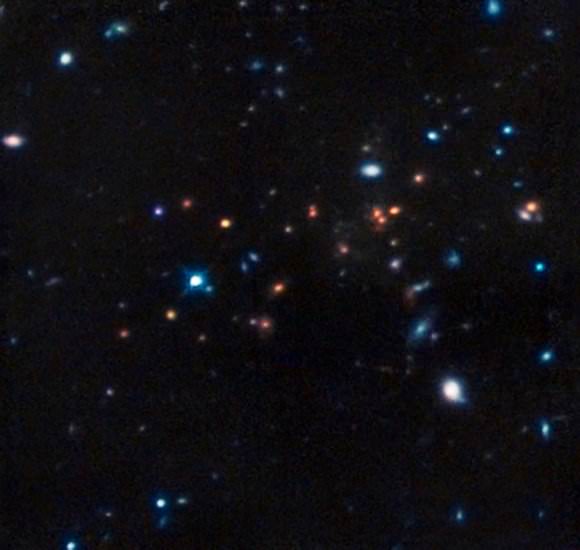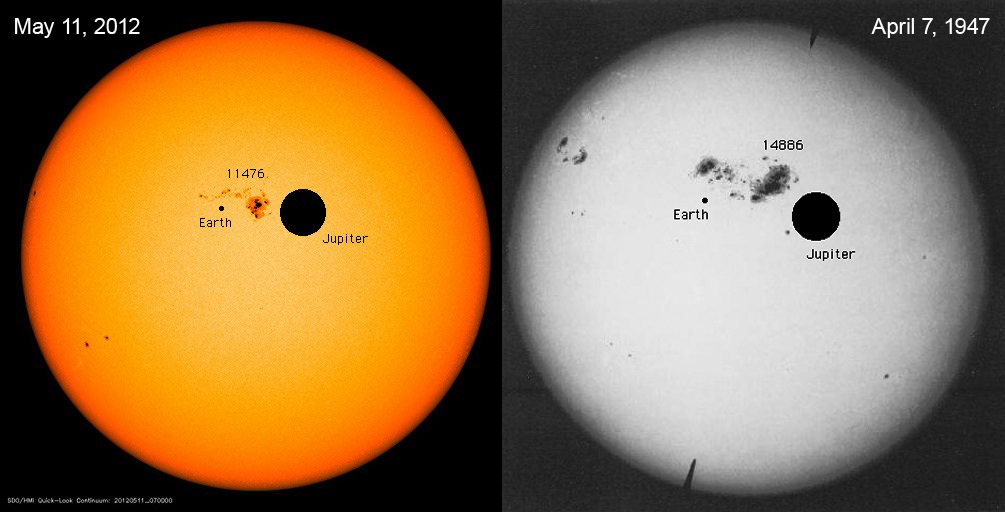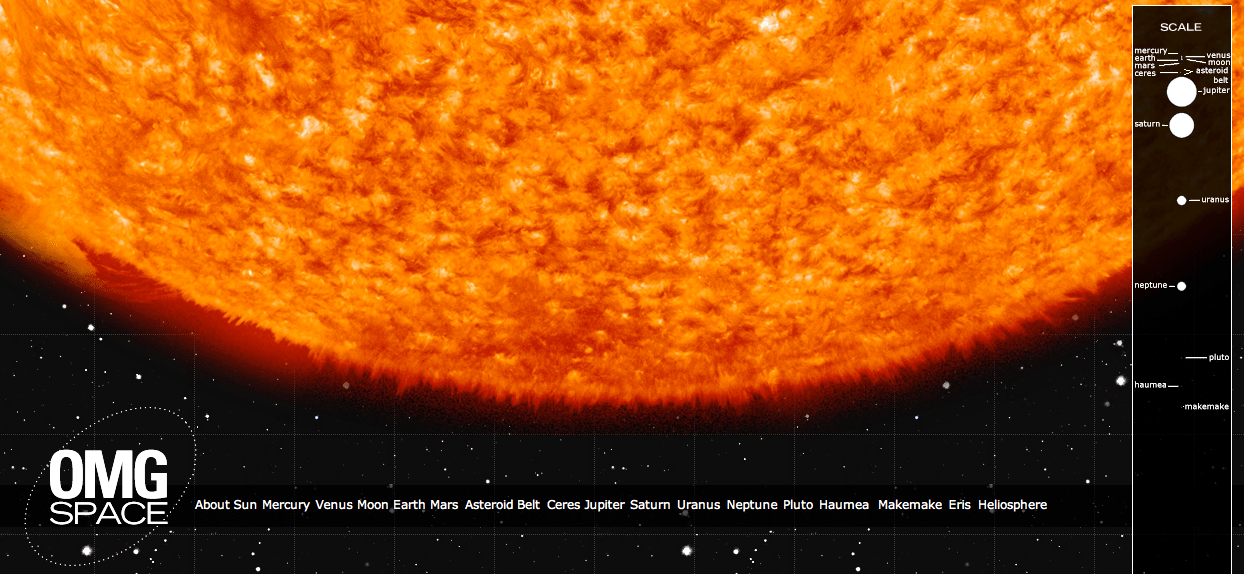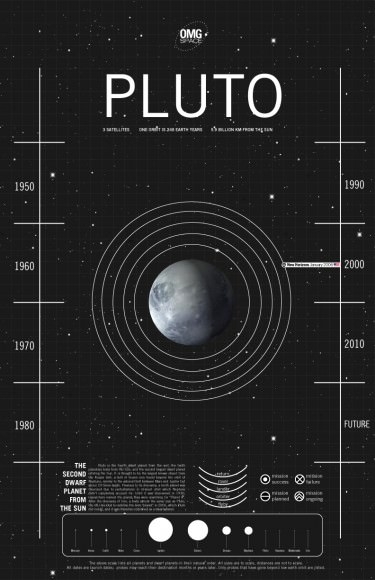The Universe is big, but how big is it? That all depends on whether the Universe is finite or infinite. Even the word “big” is tough to get clear. Are we talking about the size of the Universe we can see, or the Universe’s actual size right now?
The Universe is big, but how big is it? And what the heck kind of question is that? Are elephants big? Trucks? Dinosaurs? Cheese? Is cheese big? How big is cheese? How big is big?
The word “big” is tough to get clear. Are we talking about the size of the Universe we can see, or the Universe’s actual size right now? This becomes even more complicated when we are trying to work under assumptions of either the Universe is finite or the Universe is infinite.
One difficulty with talking about the size, is that the Universe is expanding. Light takes time to travel from distant galaxies, and while that light travels, the Universe continues to expand. So our problem with talking about how big it is, is that there is no single meaning to distance when it comes to the universe. For this reason, astronomers usually don’t worry about the distance to galaxies at all, and instead focus on redshift, which is measured by z. The bigger the z, the more redshift, and the more distant the galaxy.
As an example, consider one of the most distant galaxies we’ve observed, which has a redshift of 7.5. Using this, we can determine distance by calculating how long the light has traveled to reach us. With a redshift of 7.5, that comes out to be about 13 billion years. You might think that means it’s 13 billion light years away, but 13 billion years ago the universe was smaller, so it was actually closer at the time the light left that galaxy. Using this, if you calculate that distance, it was only a short 3.4 billion light years away.
Now the galaxy is much farther than that. After the light left the galaxy, the galaxy continued to move away from us. It is now about 29 billion light years away. Which is definitely more than 13, and quite a bit more than its original 3.4.
Usually it is this big distance that people mean when they ask for the size of the universe. This is known as the co-moving distance. Of course, we can only see so far. So, how far can we see? The most distant light we are able to observe is from the cosmic microwave background, which has a redshift of about z = 1,000.
This means the co-moving distance of the cosmic background is about 46 billion light years. Sticking us at the center of a massive sphere, the currently observable universe has a diameter of about 92 billion light years. Even with this observed distance, we know that it extends much further than that. If what we could see was all there is, we would see galaxies tend to gravitate towards us, which we don’t observe.

In fact we don’t see any kind of galaxy clumping to a particular point at all. So as far as we know the universe could extend forever. It could be even stranger than that. Despite some media controversy, if the BICEP2 detection of early inflation is correct, it is likely the Universe undergoes a type of inflation with the intimidating moniker of “eternal inflation”. If it is the case, our observable universe is merely one bubble within an endless sea of other bubble universes. This is otherwise referred to as… the multiverse.
So, in the immortal words of Douglas Adams, “Space,” it says, “is big. Really big. You just won’t believe how vastly, hugely, mindbogglingly big it is. I mean, you may think it’s a long way down the road to the chemist’s, but that’s just peanuts to space”
What do you think? Does the Universe go on for ever? Tell us in the comments below. And if you like what you see, come check out our Patreon page and find out how you can get these videos early while helping us bring you more great content!




